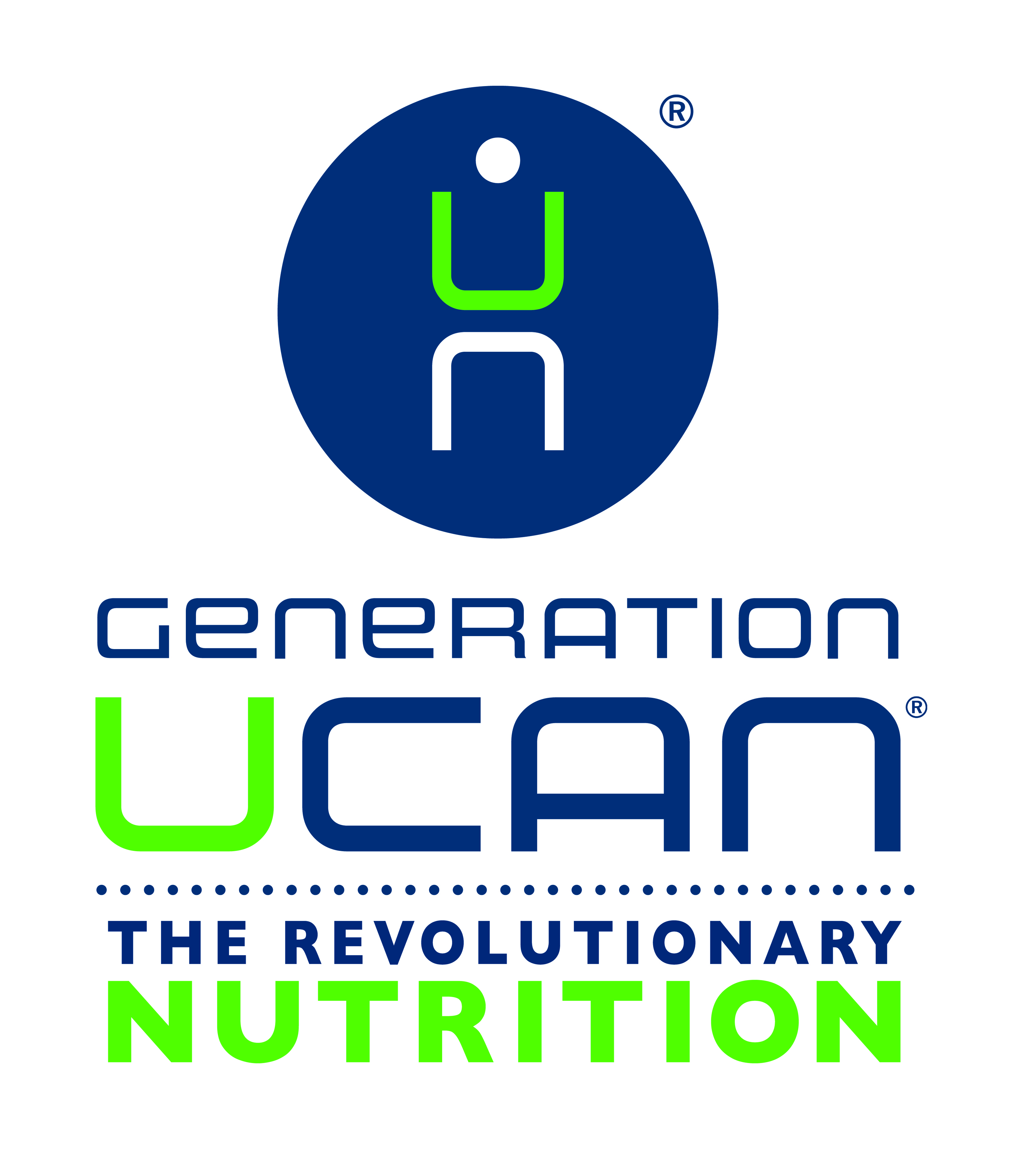ATC 257: Building Durability and Toughness, Too Fast For MAF, Hamstring Niggles, When Resistant Starch Backfires, Ground Contact Time, and More!
April 6, 2018Sponsor:
 This episode is brought to you byGeneration UCAN Superstarch, the incredible fuel of choice for endurance athletes and health enthusiasts looking for burn more fat for fuel, optimize sports performance and keep blood sugar in check. EP fans get 15% of UCAN, shop now. You can also use the code “enduranceplanet” if you’re shopping at generationucan.com for that 15% discount. Join the revolution. You can burn more fat for fuel. Oh, and be sure to check out the UCAN bars with peach and also another flavor with coffee beans for an added kick!
This episode is brought to you byGeneration UCAN Superstarch, the incredible fuel of choice for endurance athletes and health enthusiasts looking for burn more fat for fuel, optimize sports performance and keep blood sugar in check. EP fans get 15% of UCAN, shop now. You can also use the code “enduranceplanet” if you’re shopping at generationucan.com for that 15% discount. Join the revolution. You can burn more fat for fuel. Oh, and be sure to check out the UCAN bars with peach and also another flavor with coffee beans for an added kick!
Sponsor:
Join the Endurance Planet crew for a race experience of a lifetime! This year we’re hosting three Ragnar teams: an ultra team and regular-distance team at Ragnar SoCal on April 6-7 (THIS WEEKEND), and a regular team at Ragnar Cape Cod on May 11-12. Lucho, Tawnee and some awesome athletes will all be together for an unforgettable weekend. To get the details and join the team email events@enduranceplanet.com. Need more convincing? Listen to some of our Ragnar podcasts here and watch a video of the experience here.On this episode of Ask The Coaches (with the special guest coach, Brock Armstrong):
- John C
Besides long runs, what type of training builds muscle and connective tissue durability and toughness?
What training will help muscles and connective tissue develop resistance to the pain and stiffness from tissue damage that occurs during the later stages of a marathon?
With just 3 Training sessions spaced out over a week consisting of Hill Repeats, VO2 Max Intervals, and a 25 Minute Tempo Run (totaling 2 to 3 hours of running a week), I can maintain a very high level of fitness. With this minimal training, I can perform to my abilities up to Half Marathon Distance (1:30 duration). In races beyond a half marathon, stiffness, pain and general lack of spring sets in and slows me down.
I am savvy with regards hydration, fueling, minerals, amino acids, managing overheating, preventing neurotransmitter depletion and warding off fatigue. I would like to build durability without having to slog it out doing long multi-hour training runs.
From experience, I know first-hand longs runs help build durability but have the negative side effect of taking up a lot of time and causing stiffness and tissue damage. To counteract these negatives requires adding additional training measures such as flexibility, massage, and plyometric training. I want to keep things simple and not have to devote more than a few hours a week to running, but still want to run a quality marathon up to my potential. Is it possible?- Look after your joints: Inflammation Factor website and book, fish oil, collagen.
- Pre-fatigue exercises before running.
- Active lifestyle outside of workouts (standing desks and Dean Karnazes).
- Prioritize Recovery.
- Weights, box jumps, deadlifts, and so on for strength.
- Allison
Just listened to ATC 250 – specifically the segment about the 30-year-old female whose MAF heart rate puts her at an exertion beyond what she can hold-the opposite of what usually happens for new MAF-ers. I’m so glad you addressed this question and hope you address it further. I have the exact same issue. I am a 34-year-old female-my MAF is 146 and I have a really hard time going this fast. Dr. Phil Maffetone did begin to address this in ATC November 29, 2017, but did not go into details. He says something like – “people get too fast, but there are ways to handle this….” but that’s it. I would love to hear more on this.- Previous question from ATC 250: “MAF HR for 30-year-old female is very close to her apparent max HR of 165 (feels like she will collapse and pass out); used to running “aerobic” runs at 115-125 bpm.”
- Run a 5k all out and use that to build zones from.
- Switch to a pace based plan. Dr. Daniels.
- Modifying MAF to still get aerobic gains.
- Glenn
I’m a long distance runner and have a constant upper hamstring niggle that I’m aware of but it doesn’t impact performance. It’s flared up after some back to back days of beach sports. I can lightly run on it but mentally don’t want to fully extended/push myself so I’m not training efficiently.
I’ve got about 10 more weeks of base building before marathon training ramps up so looking to eliminate the problem. Could you please ask Lucho what his program for his situation looks like and forward if willing, please. Any advice would be welcomed.- High Hamstring Tendinopathy? These are the signs:
– Pain deep in the buttocks, upper thighs, or back of the hips that starts gradually.
– Pain or discomfort when sitting down, especially if it gets worse after sitting for a long time.
– Pain that is triggered or worsened by an activity that involves repetitive leg motion, particularly running or biking. The pain may even begin at the same point in the workout.
– Pain when bending fully at the waist, for example, to pick something up off the ground.
– Pain that gets worse when accelerating or sprinting. - Anti-inflammatory cream, massage, ART, PRP
- Ham issues can often be traced to foot inflexibility and/or glute mobility and strength. Look at those.
- Strength training to prevent this.
- Eccentric hamstring contraction.
- If you sign a waver – you might be able to ignore this.
- Nordic Hamstrong curls! Hip thruster, glute bridge, RDLs.
- Katy Bowman book Whole Body Barefoot
- High Hamstring Tendinopathy? These are the signs:
- Jessica
Love the show and all of the great advice and crazy things y’all talk about. I had a question about marathon and 50k fueling. I working on becoming more fat adapted. The last marathon I ran, I took UCAN at the start and then one gel at 14 miles and another at 18. I did pretty well with that, no bonking or anything. The problem, though, is that I have finally narrowed down that UCAN is making me sick for nearly 3 days after I use it. Every time I use it I get severe stomach cramps, heartburn and I am nauseous.This lasts for 2-3 days. I’ve figured this out through some pretty detailed food journaling and workout log records. I’m 90% sure I have nailed it down to the UCAN. So what kind of fueling strategy would you recommend for someone running marathons (in about 3:30) and 50ks in about 5-6 hours?- Gut health? Microbiota could be off. Or lacking. Try some probiotics.
- It’s ok to have some carb based fuel, just not every day.
- Nike 2:00 fuel is www.maurten.com
- Jay
In a recent ATC episode, you mentioned using a Stryd foot pod to measure ground contact time. So, of course, I went out and bought one of these devices. At my 8:20 MAF pace my GCT is 255 milliseconds at a 173 cadence. I really have no idea if this is good, bad, or ugly. But, I have started jumping rope anyway.
What sort of ground contact time should I be aiming for? Am I correct to assume it will vary with pace and cadence?
I guess I should add that I am a 47-year-old male, 4-5 runs/week, 20-40 miles a week, recently ran the Lake Tahoe Marathon in 3:56, planning on running a couple of trail 50Ks next year.
Also, if you want to talk about it, what is your opinion of using power meters for running? Fad or future? My wattage seems to be about 200 for what it is worth. I’m going to contact Stryd to get their response to this question.- Normal is between 160 — 300 milliseconds.
- Elite runners are under 200-milliseconds (Kenyans have the shortest – a factor in their speed?)
- GCT is linked directly to cadence. Increase cadence and you will lower GCT.
- Glute med strengthening – hip hikes, fire hydrants, glute bridge.
- Box drops, hill bounding.
- Get-Fit Guy jump rope.
- Foot plant is key. Move to the mid-front of your foot.
Leave a Reply to blanche teyssier Cancel reply

One Comment
Hi green bannas are resistant starch.so I guess plantain chips would be like ucann.